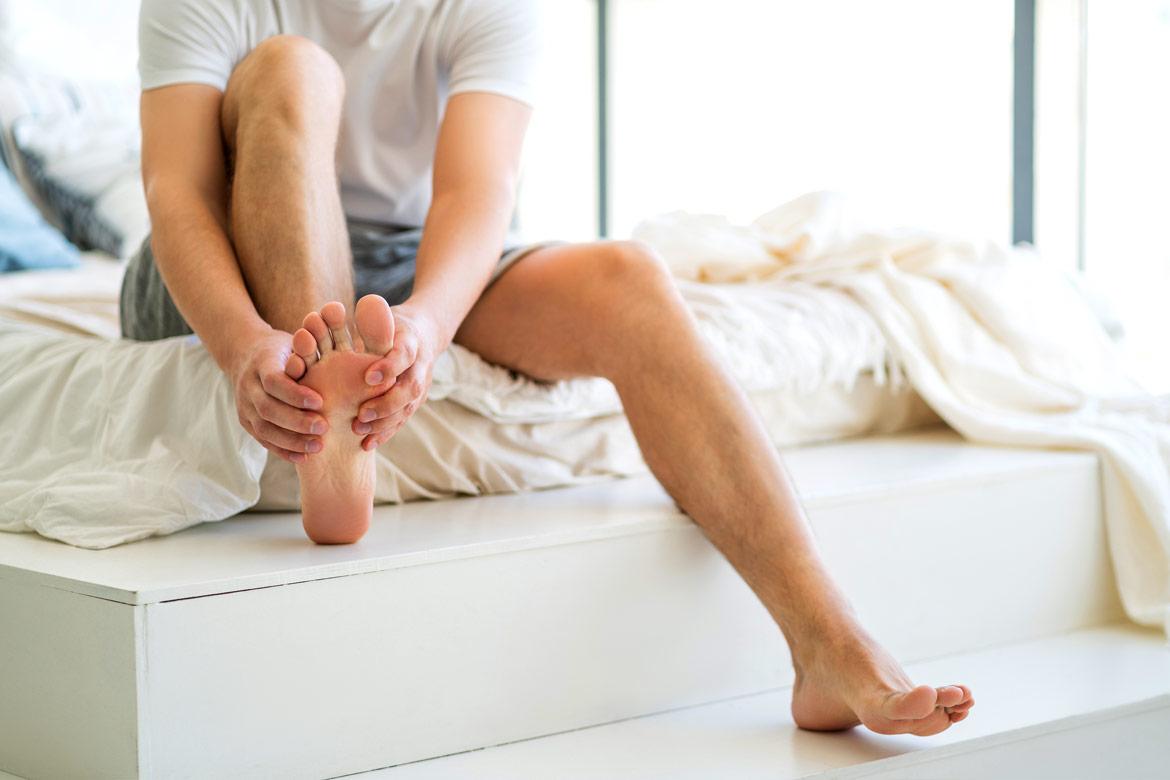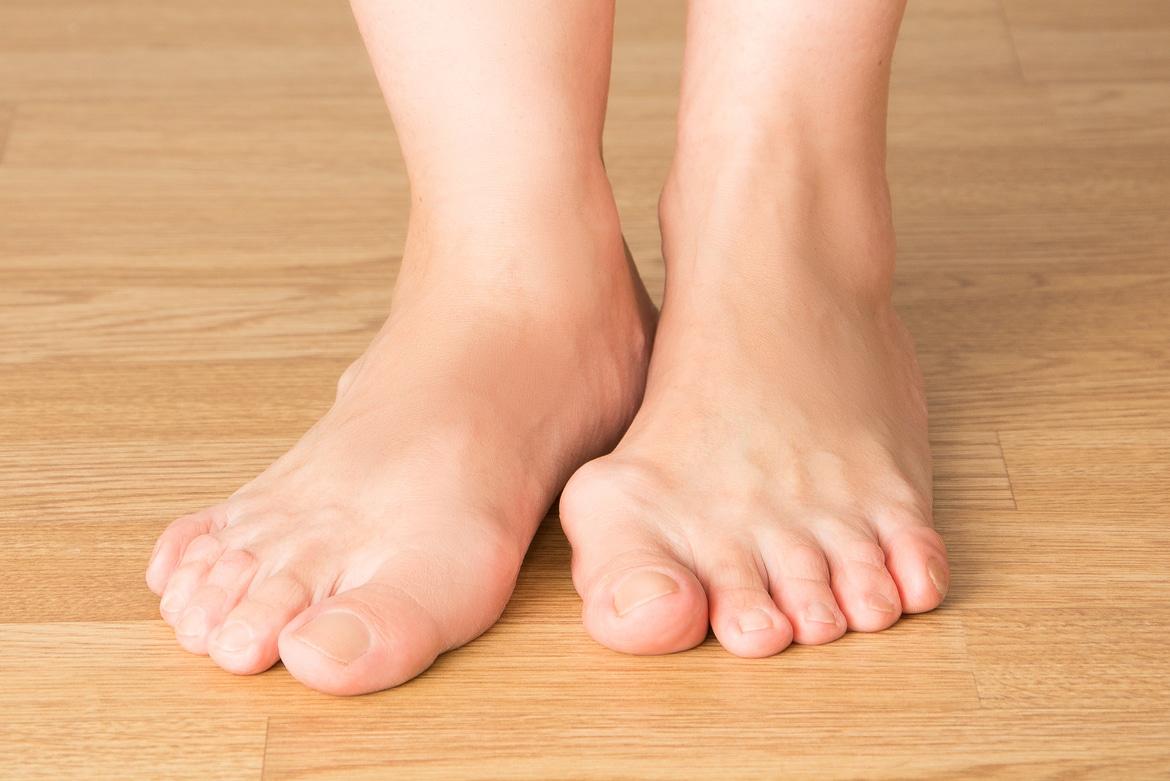-
-
Featured Care Areas

Gout
How is gout diagnosed?
Diagnostic tests for gout include:
- Joint fluid test, which examines fluid extracted from the affected joint for the presence of urate crystals.
- Blood tests to see if there is a high level of uric acid and creatinine in the blood. However blood tests may not be conclusive, as some individuals with high uric acid levels do not experience gout, while others may experience gout even without high levels of uric acid.
- X-rays, while not typically used to diagnose gout, can be helpful to rule out other possible causes of joint inflammation and pain.
- Ultrasound scans of the musculoskeletal structure to reveal urate crystals deposited in the joints.
- Dual-energy computerised tomography (CT) scans to create high-quality images that can detect urate crystals in a joint, even when it is not inflamed.
How is gout managed and treated?
While there is no cure for gout, its symptoms can be controlled through dietary changes and medication.
Diet
Avoid foods and drinks that are high in purines to lower your chances of a gout attack. Foods that are high in purine include:
- Alcohol, especially beer and hard liquor.
- Red meat and organ meats, such as liver and kidneys, which are high in saturated fat.
- Seafood, especially shellfish like shrimp, lobster, mussels, anchovies and sardines.
- High-fructose products such as soda and some juices, cereal, ice cream, candy and fast food.
Medication
Your doctor may also recommend the following medication:
- Nonsteroidal anti-inflammatory drugs (NSAIDs) for acute gout attacks or, in lower doses, to help prevent future attacks. As NSAIDs are associated with stomach pain and ulcers, they should be used with care.
- Pain relievers such as colchicine in low doses, to relieve pain effectively and prevent future attacks. In large doses, colchicine can cause severe side effects.
- Corticosteroids can help to reduce inflammation and therefore reduce pain as well. They may be taken as pills or via injection into the affected joint. Side effects include mood changes, increased blood sugar levels and elevated blood pressure.
Depending on the severity of your symptoms or the frequency of attacks, other medications may be prescribed to help block the body’s production of uric acid or improve the body’s removal of uric acid.
Surgery
Surgery is rarely used to treat gout. However, it may occasionally be needed to remove infected uric acid crystals or crystals that interfere with joint movement.
This page has been reviewed by our medical content reviewers.
Need help?
For enquiries, please call
+65 6377 3737
For appointment bookings, please WhatsApp
+65 8111 3777






